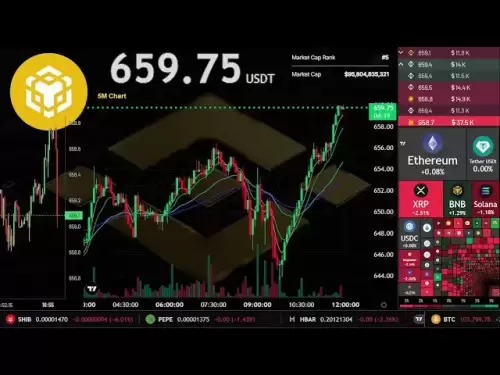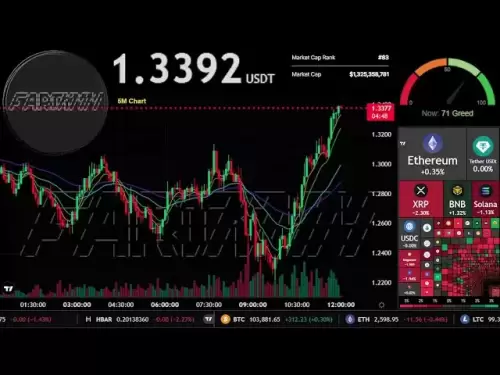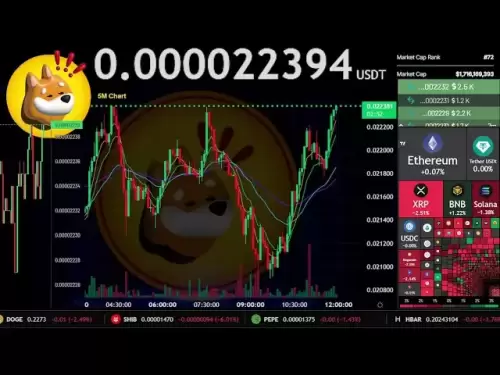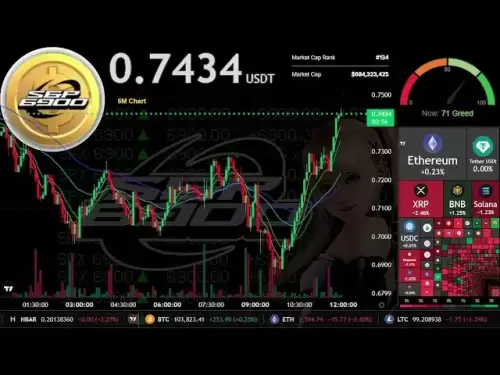Polygon solves the high fees and congestion problems of Ethereum through Layer-2 technology and supports the DeFi ecosystem. The price may fluctuate between US$0.53-0.78 in 2025, with the potential to break through US$1.
Analysis of Polygon's technical advantages
Solve the Ethereum dilemma
As a second-tier blockchain platform, Polygon's primary task is to overcome the problems of high fees and network congestion on Ethereum. By combining multiple transactions into “submit” batches and publishing them to the Ethereum main network, it greatly reduces the load on the Ethereum network, shortens transaction time and reduces fees.
Innovative consensus algorithm
The "Proof of Stake" consensus algorithm is used, and compared with the Bitcoin "Proof of Work" algorithm, resource consumption is less. Verifiers are responsible for verifying transactions, adding new blocks, and bridging different Polygon chains and secure communication with Ethereum to enhance interoperability.
Continuous technological improvement
The team continues to explore new technologies, such as implementing zero-knowledge proof and supernode architecture, continuously improving network performance and efficiency, bringing users a better experience, and attracting more developers and users to settle in.
Polygon Market position and application development
Important participants in the Ethereum ecosystem
In the Ethereum ecosystem, Polygon has become a key role, providing effective solutions for Ethereum scalability. Many Ethereum projects use Polygon to improve performance and promote their own development.
Widely used in the DeFi field
In the field of decentralized finance (DeFi), Polygon has built a booming ecosystem, supporting various financial products such as lending, trading, and income farming, providing users with rich financial services, promoting the development of DeFi, and increasing the demand for POL tokens.
Corporate cooperation continues to deepen
We have cooperated with many well-known companies such as Walmart, Starbucks, and Nike. These companies use the Polygon network to build blockchain applications to improve their business efficiency and innovation capabilities, while also enhancing Polygon's popularity and influence in the corporate world.
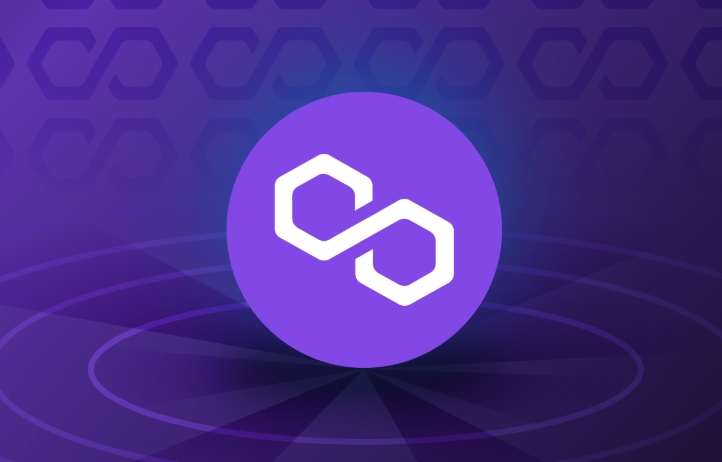
Analysis of the influencing factors of price in 2025
Positive factors
Layer - 2 Solution Development
As the blockchain industry's demand for scalability grows, the importance of Layer-2 solutions is becoming increasingly prominent. If Polygon can continue to optimize its own technology, expand its market share, and integrate with more projects, it will attract more users and funds and drive POL prices to rise.
Ethereum 2.0 synergies
Although the development of Ethereum 2.0 may reduce the demand for third-party scalability solutions, it may also prompt Polygon to cooperate more deeply with Ethereum. For example, during the transition stage of Ethereum 2.0, Polygon can provide supplementary services to help Ethereum upgrade smoothly, achieve mutual benefit and win-win results, and drive POL prices to rise.
Challenge Factors
Increased competitive pressure
Competitors such as Arbitrum and Optimism are constantly developing. If Polygon fails to maintain technological leadership and innovation, it may lose its advantage in the competition, resulting in loss of users and capital and curbing POL prices.
Regulatory uncertainty
The regulatory policies of the cryptocurrency industry are unstable. If the regulatory policies that are unfavorable to Polygon are introduced in 2025, such as limiting its business scope and increasing compliance costs, they will affect investor confidence and have a negative impact on POL prices.
Price trend forecast for 2025
Price range speculation
According to Changelly analysts forecast, if Polygon continues to expand, prices are expected to rise sharply. Combined with AMBCrypto forecasts, the price of POL may fluctuate between $0.53 and $0.78 in 2025. However, considering the positive factors, if the development goes smoothly and exceeds US$0.78, it is also possible to get closer to US$1.
Price analysis for each month
In January, the lowest price may be $0.305, the highest is $0.524, and the average is $0.415. February, the lowest was $0.287, the highest was $0.407, and the average was $0.347. In March, the lowest is US$0.200, the highest is US$0.303, and the average is US$0.251... Judging from the forecasts of each month, the overall trend is volatile and upward, and prices in some months are expected to approach or even exceed the upper limit of US$0.78, impacting towards US$1.












































